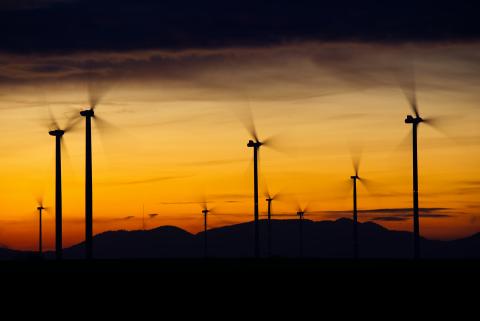An Australian Company Makes a Dicey Expansion Bet on Coal
In reporting its half-year results to January 2016 this week, Queensland-based energy company New Hope Corporation shows net profit for shareholders of just A$2.7 million—far better results than the massive net losses reported by many of New Hope’s peers.
However, a closer look show that given net cash resources of A$1 billion and net assets of A$1.8 billion, the number represents a well-below-cost-of-capital return of just 0.3 percent (annualized). Net write-downs of A$12.3 million eroded overall performance. Coal sales were down 12 percent year on year to just 2.7 million for the half, which stands in stark factual contrast to the upbeat commentary from the company.
With New Hope paying what looks to IEEFA to be a very full price for the acquisition of 40 percent of the Bengalla thermal export coal mine in March, New Hope will be even more leveraged toward seaborne thermal coal markets, a dicey move indeed.
With China’s net thermal coal imports down an additional 20 percent year over year over the first two months of 2016, stranded-asset risks continue to rise.
More detail of note from New Hope’s report:
• Net profit before non-regular items totaled A$15 million, down more than 50 percent year over year.
• Net profit to ordinary shareholders was A$2.7 million, a fractional 0.3 percent annualized return on equity, albeit better than the A$23 million loss reported in the prior period.
• Coal sales were down 12.3 percent year over year to 2.7 million tonnes (Mt), with management blaming wet weather and equipment problems for the decline. By contrast, management quotes Wood Mackenzie forecasts for global seaborne thermal coal markets to nearly double over the 2015-2035 period to 1,600Mtpa — even though Chinese coal imports are collapsing. India is cited as the key driver of this positive outlook, with New Hope looking for Indian thermal coal imports to grow by 200Mtpa. New Hope doesn’t acknowledge any risks associated with this forecast, notwithstanding the “unexpected” 15 percent decline in Indian thermal coal imports evident over 2015-16.
• While New Hope had net cash of A$1 billion as of the end of January, but with the settlement of its US$606 million acquisition of the 40 percent share of the Bengalla thermal coal export mine in March will put the group fully invested in fossil fuel assets. That’s good news if coal, gas and oil prices recover—leverage works both ways—bad news if they don’t.
• New Hope Corporation had previously tried to diversify away from thermal coal, but with the collapse in oil prices, shareholders have found this gambit less than rewarding, with the company’s newish oil and gas division reporting a net loss of $A16 million following on from the net loss of $A41 million in the prior half.
• New Hope references its relative financial health given net operating cash flows of $A50 million in the half year, but this is before sustaining capex and exploration expenditures of $A51 meaning, meaning free operating cash flow was actually negative $A1 million before funding $50 million of shareholder dividends. As such, as in the prior half period, dividends were funded by running down cash reserves rather than operating cash flow.
All in all, in reporting a marginal net profit for the half, New Hope Corporation is one of the better performing global coal miners. However, with the acquisition of Bengalla, the company has expended its financial strength of an A$1 billion net cash position (which was almost unique versus its peers). As such, the share price is likely to be more aligned with its coal-mining peers in 2016.
New Hope, in short, will be hoping the coal demand outlook that Wood Mackenzie paints is correct, notwithstanding their forecast errors of the last three years.
Tim Buckley is IEEFA’s director of energy finance studies, Australasia.











